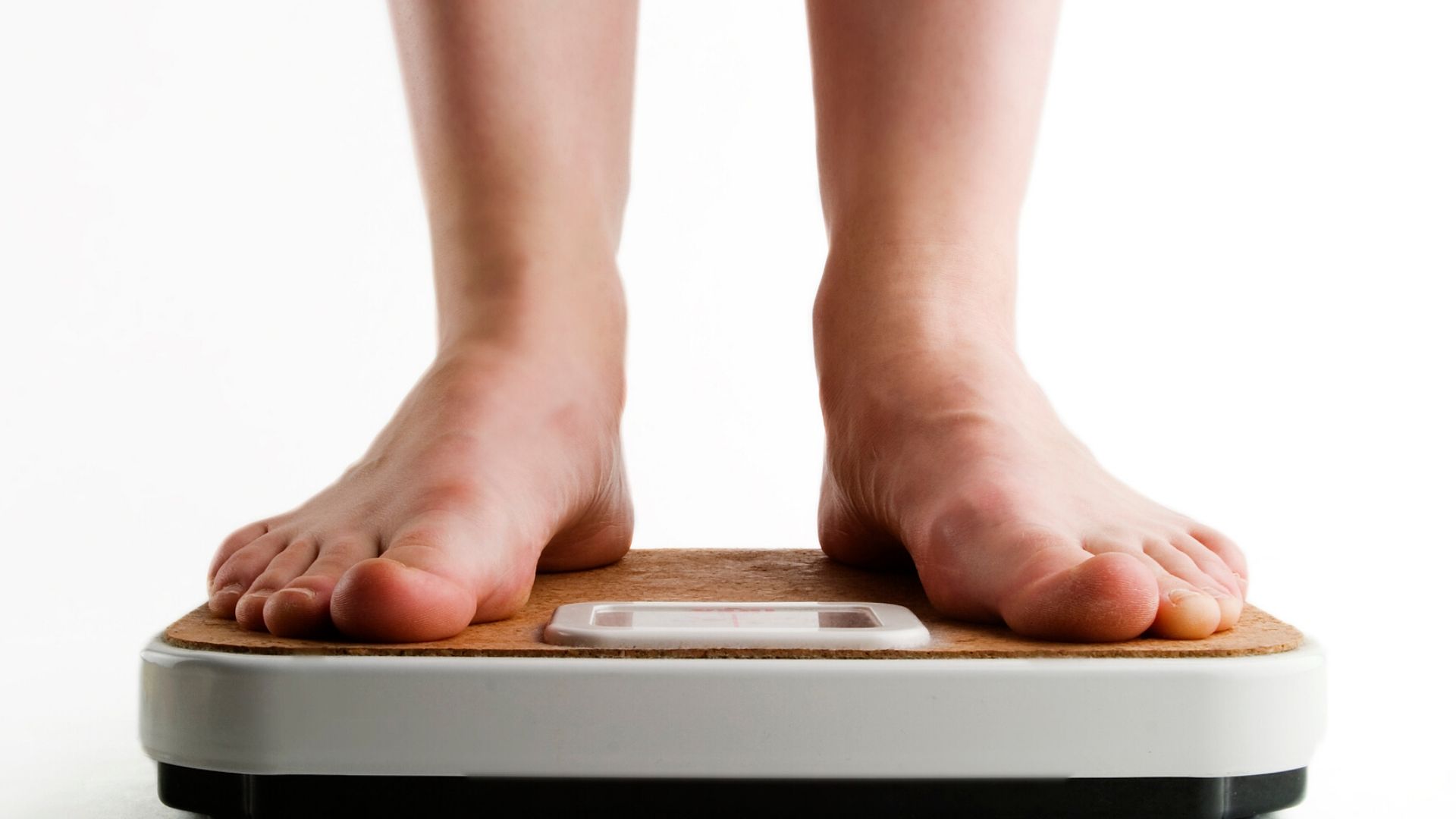Table of Contents
Body Mass Index is essentially a basic calculation between your height and weight that determines if a you are of normal weight for your height. Not a hugely scientific method admittedly, but this method is used around the globe to measure obesity in children and adults. Used by governments, schools and local health organisations, it plays a fundamental role for national statistics, painting a picture of obese adults and children within society
The Body Mass Index (BMI) scale ranges from under 20 to over 35 based on the BMI calculation, it can be a useful guide for determining if you are a healthy weight relative to your height.
BUT, this is not a full proof system for determining if someone is healthy and this is why….
Using BMI on the young and elderly can generally be rather inaccurate giving strange results if you have a large amount lean muscle or you are a well-toned athlete it’s certainly NOT very useful as you will likely get a figure in the obese or overweight range even though your body fat percentage is very low.
So what is BMI good for?
Body Mass Index is useful for the average person, that has a normal amount of lean muscle, might play a little sport but certainly not an athlete. Therefore if you are a non-exercising (sedentary) individual! it is likely that your BMI result will be quite accurate. If however you are a regular gym user training for muscle strength and size and have high lean muscle percentage, it would not be unusual to see your BMI in the obese range. This is because lean muscle weighs about twice as much as fat and therefore your body weight will be above average for your height.
The problem with this system is that it tells you nothing of a persons body composition, making it a very basic test of overall health. A body composition test is more scientific and will give you much better results that can be used effectively for goal setting and monitoring progression towards your personal goals.
Often, gym’s & personal trainers provide this service to their customers, perhaps for a small fee. It will require you being wired up to a body stat machine which fires and electrical charge through your body and measures resistance (it doesn’t hurt).
BMI Calculator Tool
How to Calculate your BMI (Body Mass Index)
Below is the process for calculating your BMI:
weight (kg) / [height (m)]2
Metric BMI Formula
- Weigh yourself in KG (for example, 70kg)
- Measure your height in metres (for example 1.7
- Multiply your height by itself (for example, 1.7 x 1.7 = 2.89)
- Now we divide our weight by the figure in step 3 (in this example, 70/2.89 = 24.22
In this example our BMI would be 24.22 (lets round that up to 24)
703 x weight (lbs) / [height (in)]2
Imperil BMI Formula
Got a target BMI? Find out what weight you would need to be to reach your target Body Mass index with my Revers BMI Calculator
What does my Body Mass Index (BMI) result mean?
OK, we know our BMI so lets see what bracket we fall into;
- Under 18.5 = Underweight
A BMI score this low means that you may be underweight. There are a number of possible reasons for this. It’s important you obtain balanced & healthy diet, your personal trainer can help you achieve this by identifying your current eating habits & portion control.
- 18.6-24.9 = Healthy Weight or Normal
A BMI reading in this range means you are healthy and withing normal ranges. It shows that you’re a healthy weight for your height. However, it’s still important to eat a healthy, balanced diet and include physical activity in your daily life if you want to maintain a healthy weight.
- 25-29.9 = Overweight
A BMI score in this range means you may be overweight. This means that you’re heavier than is healthy for someone of your height. Excess weight can put you at increased risk of heart disease, stroke and type 2 diabetes. It’s time to take action.
- 30-34.9 = Obese (Class 1)
A BMI score above 30 is classified as obese. Being obese puts you at a raised risk of health problems such as heart disease, stroke and type 2 diabetes. Losing weight will bring significant health improvements.
above this range are further obesity ranges as follows:
- 35-39.9 = Obese (Class 2)
- 40 or above = Obese (Class 3)
It’s as simple as that, but remember, two people of relatively similar body size and shape and can get different readings on the BMI scale. Muscle weighs much more than fat, nearly twice the weight, so a toned dancer or well built rugby player will hit high numbers in a BMI reading.
Women naturally have higher fat stores than men and normal values will be seen slightly higher than men.
Further Reading
- NHS (National Health Service) – Body Mass Index
- WHO (World Health Organisation) – Body Mass index
Professional Health Screenings
- Vitality Health Screenings and Partners
- Bupa Health Assessments
- Nuffield Health – Health Assessments
- BMI Health Care – Health Assessments
- Bluecrest Health Screenings
- Spire Health Care – Health Assessments


1 comment
[…] have created a reverse BMI (Body Mass Index) calculator to help you discover what weight you would need to be in order to reach your target […]